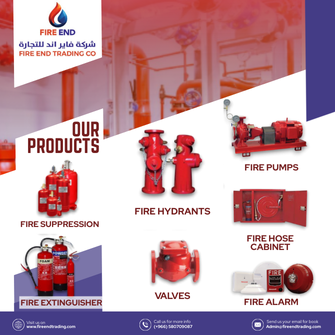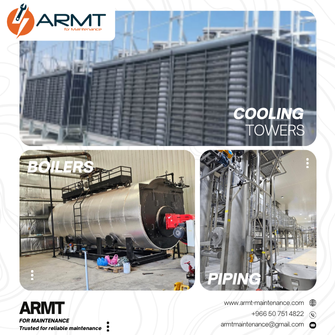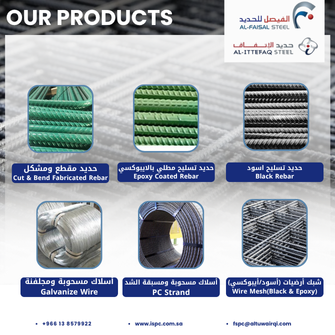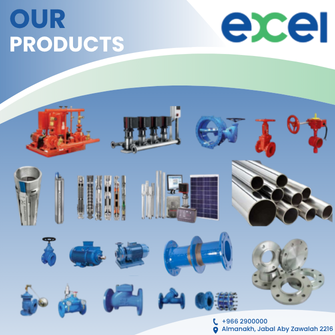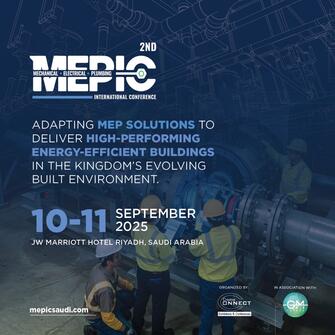advertisement
Gallery
Product Information
Electric Vehicle Charging Systems
EV chargers currently come in three different models: Level 1, Level 2, and Level 3. Level 3 is also commonly known as Direct Current Fast Charging (DCFC). In Level 1 & 2. the EV is connected to AC power, 120V or 240V, and a battery charger in the EV converts the AC power to the DC needed to charge the battery and controls the charging process. In DCFC the DCFC converts the AC power to DC and the DC power is sent directly to the EV battery bypassing the onboard battery charger. This allows the DCFC to charge the EV battery directly. Level 1 & 2 charging is generally limited by the AC power available and the size of the onboard battery charger installed in the EV. DCFC is limited by the rating of the DCFC equipment and the amount of power available from the utility or other primary power sources. The charge rate, range of the EV, and the amount of time that the EV is available to recharge, known as the dwell time, work together to determine the best type of EV charging system needed for the application.
Level 1
This charge level is the simplest level of EV charging and consists of plugging the EV into a standard 120V AC receptacle using a unique electrical cord with the appropriate plugs in each end. The built-in battery charger in the EV then charges the battery. This type of charging is generally limited by the amount of power that can be supplied by the receptacle usually, 12-16A or less (1.44-1.92kW) which based on an EV with a 3 MPkWh rating will add up to 5.8 miles for each hour of charging. If we charge for 10 hours overnight, it would only add up to 58 miles to the battery. Level 1 charging is useful for only limited range EVs when daily miles driven are low, or when several days of dwell time are available between EV usage.
Level 1 chargers are inexpensive, readily available, and can be carried with the EV.
Level 2
Level 2 chargers allow the EV to be connected to a 240V receptacle, like that used for an electric range or clothes dryer. Level 2 chargers are currently available up to around 20kW and continuing our example would add 60 miles for each hour of charging at 20kW. Many Level 2 chargers are in the 7kW to 10kW range. Enough to fully recharge most EVs overnight. A long-range car or a delivery van might have a battery capacity of 100kWh and could be recharged over a little more than 10 hours by a Level 2 10kW charger taking system losses into account.
Level 2 chargers are readily available and moderately priced. Higher capacity Level 2 chargers are fixed in place, but lower capacity portable ones are available. Finding a 240V receptacle to plug into can be much more challenging than a Level 1 120V receptacle though.
Level 3 or DCFC
DCFC charging uses DC to charge the EV battery without needing to go through the onboard AC battery charger. This charging level allows for a much higher capacity battery charging system. DCFC chargers, due to the cost and need for 480V electrical service, are usually limited to commercial use, either in commercial fast charging stations or in fleet operations. A 100kW DCFC can recharge an EV with a 100kWh battery in about an hour. At his rate, a 3MPkWh EV will gain 300 miles for each hour of charging.
DCFC chargers are significantly more expensive than Level 1 or 2 chargers and require 480V 3 phase power. This limits them mostly to commercial EV charger installations.
Other Limits on the Speed of EV Charging
There is a limit on the amount of power an EV battery can accept during a charge known as the acceptance rate. This limits the speed that DCFC can charge the EV battery. For instance, if the EV has a 50kW acceptance rate and a 100kW DCFC is connected, the EV will only charge at 50kW.
by Marvin Hamon
Looking for new opportunities in the Saudi market?
Receiving real RFQs is the key for new orders.
Here in Project Suppliers platform we gain you the new opportunity.





